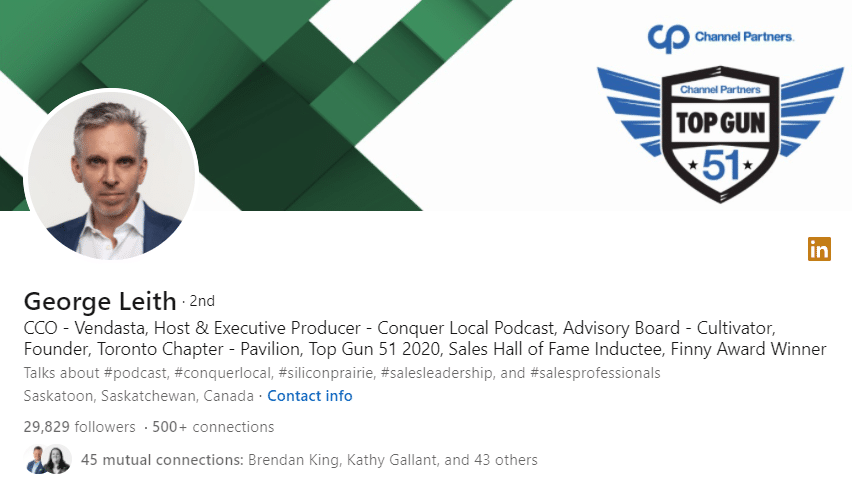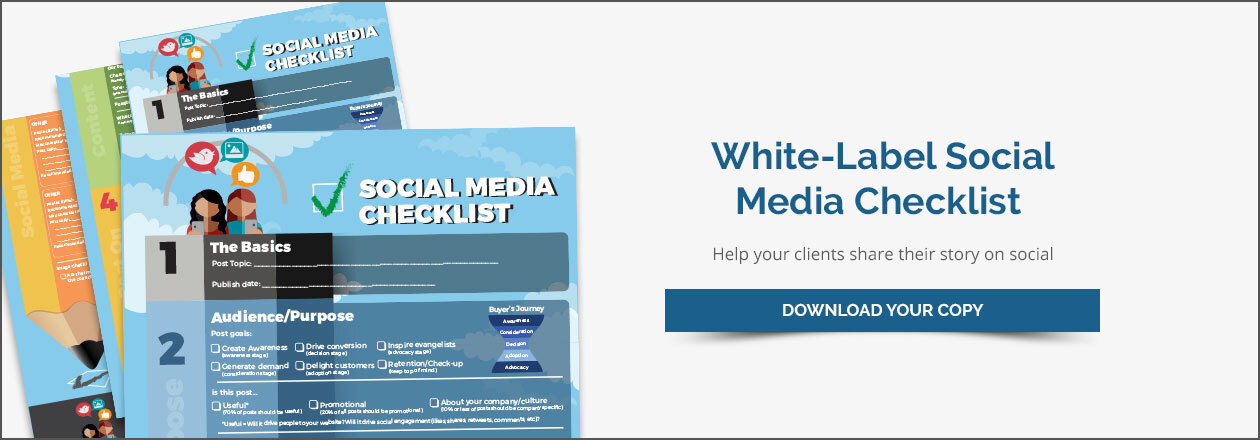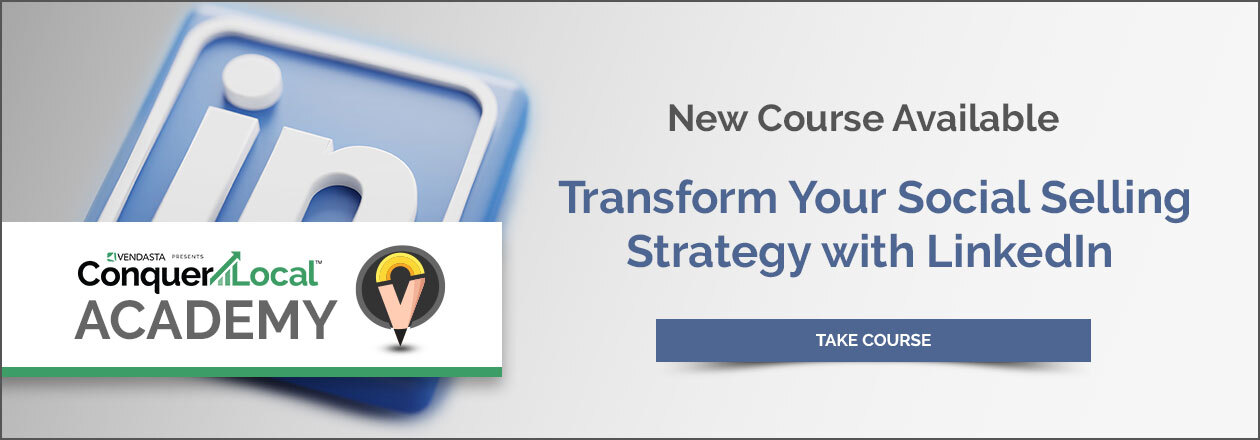How to Transform Your Social Selling Strategy with LinkedIn
“Social selling expands on the age-old basics of getting to know your customers and meeting their needs.” — Jon Ferrara, CEO, Nimble.
Social media has dramatically changed businesses’ operations, including how they connect with prospective clients and the way deals are closed. Instead of cold calling strangers to determine whether they are interested in your products or services, doing business online today demands social selling and that means first understanding the challenges and problems of your target audience then proposing a solution to solve the pain. Where do you find your target audience in 2021? On a range of social media platforms, of course. And, specifically on LinkedIn, if yours is a B2B business.
What is social selling?
Social selling is all about connecting with prospects, building and nurturing trusted relationships, and constantly learning from experts. Social selling isn’t just a buzzword you keep hearing from peers. Take a look at these statistics:
- More than 50 percent of revenue across 14 significant industries is generated through social sales
- 75 percent of B2B buyers and 84 percent of C-level executives base their buying decision on social media
- Leaders in social sales attract 45 percent more sales than their peers
- Nearly 70 percent of sales professionals use social selling tools for lead generation
Though there are several social media platforms, LinkedIn is the unchallenged leader in building professional networks.
Why LinkedIn?
With more than 756 million users in 200 countries, LinkedIn connects like-minded learners and potential prospects. Since LinkedIn’s vision is to create economic opportunities for every member of the global workforce, its platform collects and offers an enormous amount of valuable data to measure and enhance your social media return on investment or ROI.
However, it’s not as simple as registering on LinkedIn and hoping for the best. That approach has never worked on any social-media channel, and it won’t work on LinkedIn. You need an effective and engaging strategy to get the most out of the platform.
Make LinkedIn work for you
Your strategy will require foresight and precision. Though there are several things you could do to reach prospective clients, let’s first focus on four pillars that will ensure success on LinkedIn.
- Build a professional brand
In today’s B2B world, buyers are highly selective. They conduct a vast amount of research before deciding to trust a vendor, making it extremely important for businesses to have an impeccable brand image. And for that, each and every element of your LinkedIn page — profile picture, banner, headline and summary — needs to be near-perfect. Even if it means using a professional graphic designer to create a banner that reflects the vision of your business or hiring a creative writer to make your story compelling.
For example, let’s take a look at Vendasta COO George Leith’s profile. Apart from a professional profile picture aimed to entice a viewer to engage with him, the banner showcases the brand he’s building and highlights his recent business-related achievement.

- Effectively finding prospects
As previously mentioned, social selling lets you find and connect with prospective clients more effectively than traditional sales approaches. However, it doesn’t mean you should stop being proactive. With more than 76 percent of buyers ready to have a social media conversation, you need to make an effort and reach out to them. LinkedIn offers monitoring tools like advanced search options to help identify prospective buyers, based on their role, function, and industry. What’s more, you can search for companies and connect with the right person within a target company for future sales.
- Engage with your audience
Many think sharing content on LinkedIn is the only way to establish their authority. They couldn’t be more wrong. Consistently sharing relevant content is just one of many steps to position yourself as a subject-matter expert. You also need to listen and interact with your target audience, which means reading and staying up-to-date with the content shared by your audience and peers, and making thoughtful contributions to social discussions.
- Build trusted relationships
One of the main goals for many on LinkedIn is to build trustworthy relationships. And there are multiple ways to do it, starting with sending a message whenever you are trying to connect with someone. Did you meet them at an event? Or did a mutual acquaintance recommend the connection? Trust comes naturally when both parties have some familiarity. Another way to build a professional relationship is by finding common ground. Review a potential connection’s profile and you may find clues from their education, industry experience, and mutual connections.
LinkedIn Social Selling Index
LinkedIn’s Social Selling Index (SSI) is your North Star to success on the platform. Simply put, this index measures how effective you are in building your brand, connecting with people and engaging with insights.
So what factors impact your SSI? Well, the same ones that we discussed above to build your strategy: establishing a trustworthy brand, connecting with the right people, engaging with insights, and fostering relationships. This means, you can consistently use this tool to measure the success and effectiveness of your selling strategy on LinkedIn and take corrective action before it’s too late.
Social Selling Index is updated daily, which means every time you tweak your profile, you get to measure the results. To check your SSI, click here, or follow the following steps:
- Log in to your LinkedIn account
- Navigate to https://www.linkedin.com/sales/ssi
- You will get a view of all of the key metrics and your SSI
In conclusion, a strong LinkedIn strategy for social selling is one that:
- Helps you establish and amplify your brand
- Tells a complete story to help you build trust with your audience
- Provides you insight into prospects and audience to become a subject-matter expert
- Drives referrals and attracts new business



